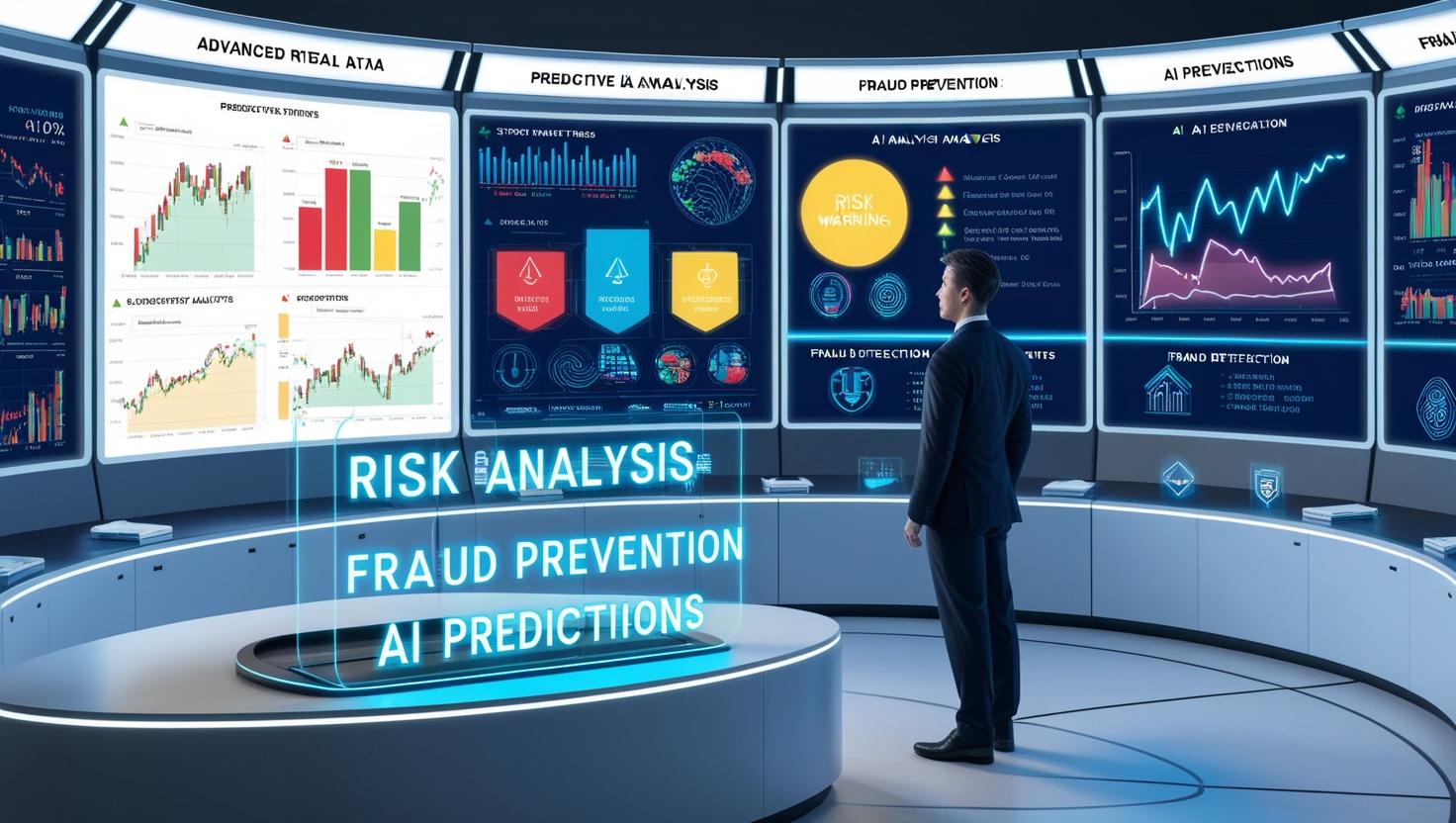NISM Certification Training
(24)+ Courses

Introduction
Artificial Intelligence (AI) is transforming risk management in financial markets, corporate decision-making, and cybersecurity. By leveraging machine learning algorithms, predictive analytics, and real-time data processing, AI enhances the ability to identify, assess, and mitigate risks efficiently. As financial institutions and businesses increasingly adopt AI-driven risk management solutions, understanding its applications and implications is essential for staying competitive in a rapidly evolving economic landscape.
How AI is Revolutionizing Risk Management
AI enables organizations to analyze vast datasets in real-time, identifying patterns and anomalies that traditional methods might overlook. Through predictive modeling, AI assesses potential threats, allowing financial institutions, insurance companies, and businesses to make data-driven decisions. Machine learning algorithms improve over time, enhancing risk assessment accuracy and reducing human error.
One of the key advantages of AI-driven risk management is automation. AI-powered systems can automatically detect fraud, assess creditworthiness, and predict market fluctuations without human intervention. This streamlines operations, reduces costs, and enhances risk mitigation strategies across various industries.
Key Applications of AI in Risk Management
1. Fraud Detection and Prevention
AI-based fraud detection systems use pattern recognition and behavioral analysis to identify suspicious transactions. Financial institutions employ AI-driven monitoring tools to flag unauthorized activities, reducing the risk of cyber fraud. By analyzing historical transaction data, AI can differentiate between legitimate and fraudulent activities, minimizing false positives.
2. Credit Risk Assessment
Traditional credit scoring models rely on limited data points, such as credit history and income. AI expands credit risk assessment by incorporating alternative data sources, such as online activity, payment behaviors, and economic trends. Lenders use AI to predict loan default probabilities, improving lending decisions and financial inclusion.
3. Market Risk Prediction
AI-driven predictive analytics assess financial market volatility by analyzing historical trends, macroeconomic indicators, and geopolitical events. Hedge funds and investment firms leverage AI models to optimize portfolio strategies, mitigate downside risks, and capitalize on market trends.
4. Cybersecurity and Risk Mitigation
Cyber threats pose significant risks to businesses and financial institutions. AI enhances cybersecurity by detecting anomalies, preventing data breaches, and responding to cyber threats in real-time. AI-driven security systems continuously learn from emerging threats, strengthening defense mechanisms against cyberattacks.
5. Operational Risk Management
AI automates compliance monitoring and regulatory reporting, reducing human error and ensuring adherence to legal frameworks. Businesses use AI-powered analytics to assess supply chain risks, operational inefficiencies, and internal vulnerabilities, improving overall risk governance.
Challenges and Limitations of AI in Risk Management
Despite its benefits, AI in risk management presents several challenges. One primary concern is data bias. If AI models are trained on biased datasets, they may produce inaccurate risk assessments, leading to unfair lending practices or flawed decision-making.
Another challenge is interpretability. AI-driven decisions often rely on complex algorithms that are difficult for humans to understand, raising concerns about transparency and accountability. Financial institutions and regulators must ensure that AI models are explainable and adhere to ethical guidelines.
Additionally, AI systems are vulnerable to cyber threats. Hackers may exploit AI-driven security measures, necessitating continuous updates and improvements to cybersecurity protocols. Ensuring data privacy and regulatory compliance remains a priority for organizations implementing AI in risk management.
The Future of AI in Risk Management
As AI technology advances, its role in risk management will expand further. Future developments in AI-driven risk assessment include:
Conclusion
AI is revolutionizing risk management by enhancing fraud detection, credit risk assessment, market predictions, and cybersecurity. While challenges such as data bias and interpretability persist, the benefits of AI-driven risk mitigation outweigh the risks. As AI continues to evolve, businesses and financial institutions must adopt responsible AI strategies to ensure transparency, efficiency, and regulatory compliance. By leveraging AI in risk management, organizations can navigate an increasingly complex financial landscape with greater confidence and accuracy.
Source: MIT Technology Review, "How AI is Transforming Risk Management in Finance and Cybersecurity," technologyreview.com
